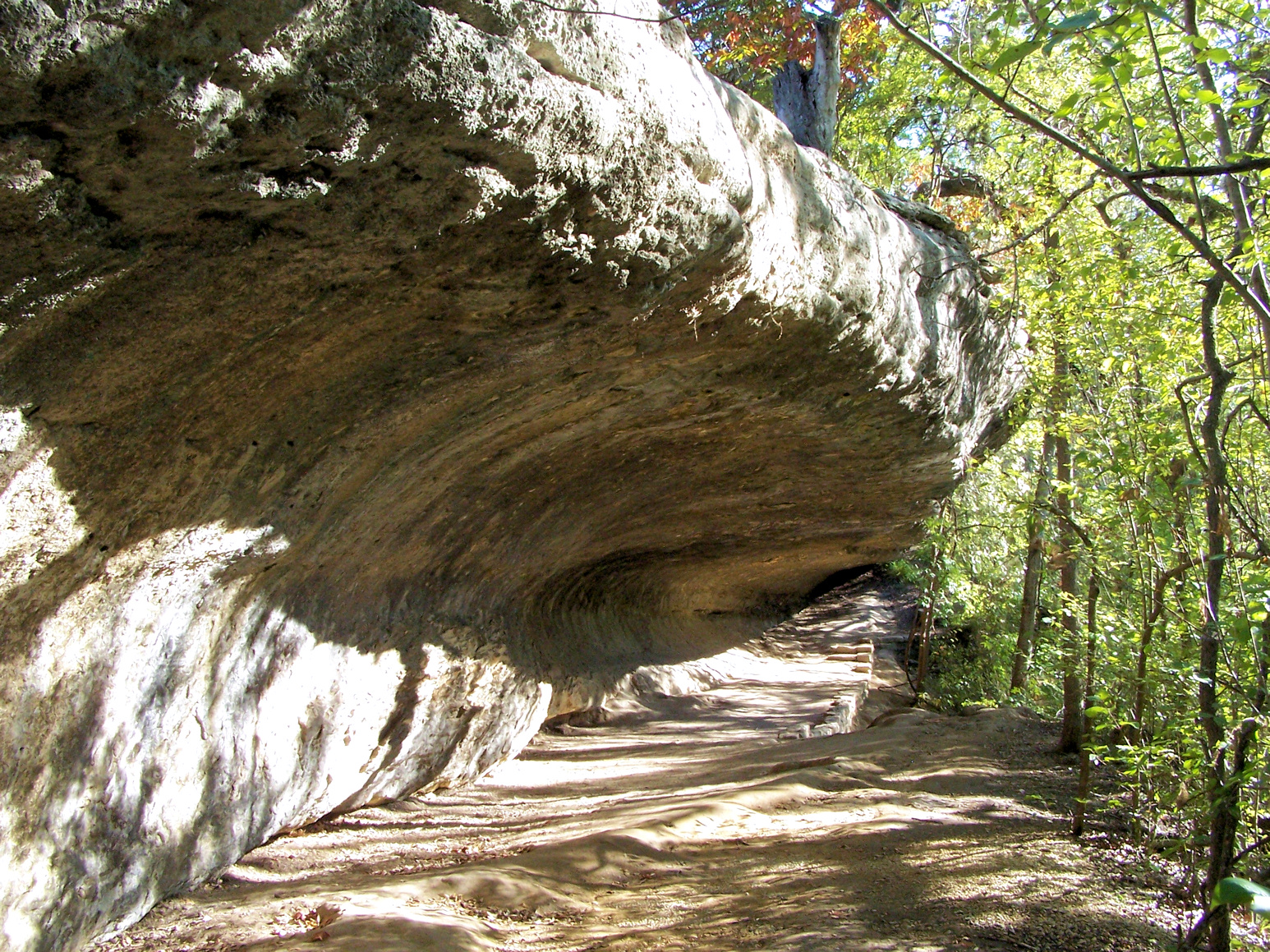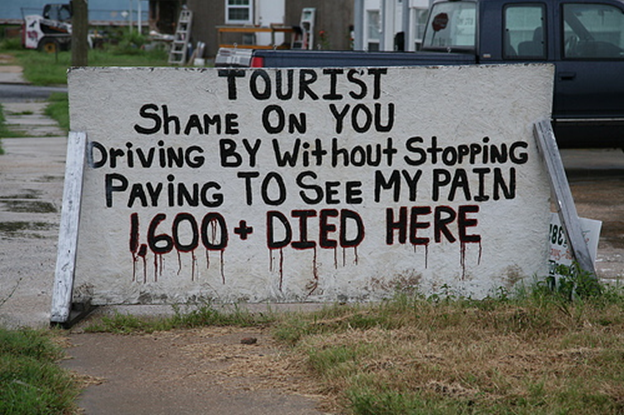‘Only a crisis – actual or perceived- produces change’
Milton Friedman.
Recently, the way forward has appeared to be through developing a future scenario for the Cumbrian region. A backdrop against which to design, develop and test solutions.
All of the scenarios examined are meant to be specific to Cumbria, but relevant to society as a whole.
Following the range of information found about the hinterlands region, these scenarios mainly played on fears.
Scenario One: Examining the function of architecture in a state of crisis.
Set in the future, like High Arctic, the project is addressed to the past (or our present), regarding the future.
Following a substantial nuclear leak from a high level waste depository, West Cumbria is put on lockdown and a small group of people head through the hinterlands to the mountains for resources and shelter.
 |
| (CC) Larry D. Mooreused under a Creative Commons ShareAlike License. http://en.wikipedia.org/wiki/File:Smith_rock_shelter.jpg |
Live on the entrance to the mine, mine is a shelter space, the building outside is a beacon ever hopeful for help and living space. The local materials protect from the rains, wool supplies insulation. Re-identify architectures role in civilisation, through impurity, architecture becomes pure again. Form a constitution. Get into detailing, without technology; understand the origins of architecture with a modern perspective.
Scenario Two: Dark Tourism – aestheticising sites of crisis and disaster.
Nuclear radioactive fallout is perhaps the only long term marker of human presence on earth; it is mankind’s greatest fossil. Nuclear weapons are a kind of demonic skeleton key, capable of catastrophically unlocking any city in the world, no matter how dense or well fortified. This renders any point in the world a potential site; it also confirms west Cumbria as a future site of interest, due to its role as a nuclear waste store.
The Sellafield site has seen 21 serious radio-active leaks in its 60 year history, some as recently as 2005. It is destined to be the primary UK site of fuel reprocessing, and yet it has such a poor safety record.
Sellafield is a major employer in the area, and so it BAE systems, both rely on government policies on energy and defence, so the area has an unusual reliance on conflict.
Dark tourism is becoming increasingly popular, visiting sites of tragedy or disaster. It is not a new idea, and in fact it used to inform the pilgrimages of people since the Dark Ages, who visited tombs and graves. In the present day, people visit sites like Omaha beach in Normandy, Auschwitz concentration camp, Lower 9th ward in New Orleans and more recently Japan post the 2011 earthquake.
 |
| Daniel Terdiman/CNET News.com http://katysexposure.wordpress.com/2009/08/15/ the-ignored-nonrecovery-of-new-orleans/ |
What if tourism could transform the west coast as well? What would constitute its aesthetic, as it is a very different landscape to the national park?
Scenario Three: Metaphor for Shock Capitalism.
‘Only a crisis – actual or perceived- produces change’ Milton Friedman.
 Set in the future, the area of west Cumbria has declined to the point of poverty, crime rates are high and people are too poor to move out. The area is almost totally reliant on the state, and the state has become aware. The Drigg LLW is full and can take no more waste, Sellafield is now the U.K’s primary waste repository for high level waste, which it receives by train from all areas of the country. Despite frequent small scale leaks, the site is allowed to continue regardless, everyday becoming more dangerous.
Set in the future, the area of west Cumbria has declined to the point of poverty, crime rates are high and people are too poor to move out. The area is almost totally reliant on the state, and the state has become aware. The Drigg LLW is full and can take no more waste, Sellafield is now the U.K’s primary waste repository for high level waste, which it receives by train from all areas of the country. Despite frequent small scale leaks, the site is allowed to continue regardless, everyday becoming more dangerous.One day, there is an accident on the railway. A train from the North is derailed; it is carrying high level nuclear waste. Several containers are breached and waste spills out into the water source, and a fire spreads the radiation by air. Nearby towns and villages are evacuated, including Workington and Whitehaven...

No comments:
Post a Comment